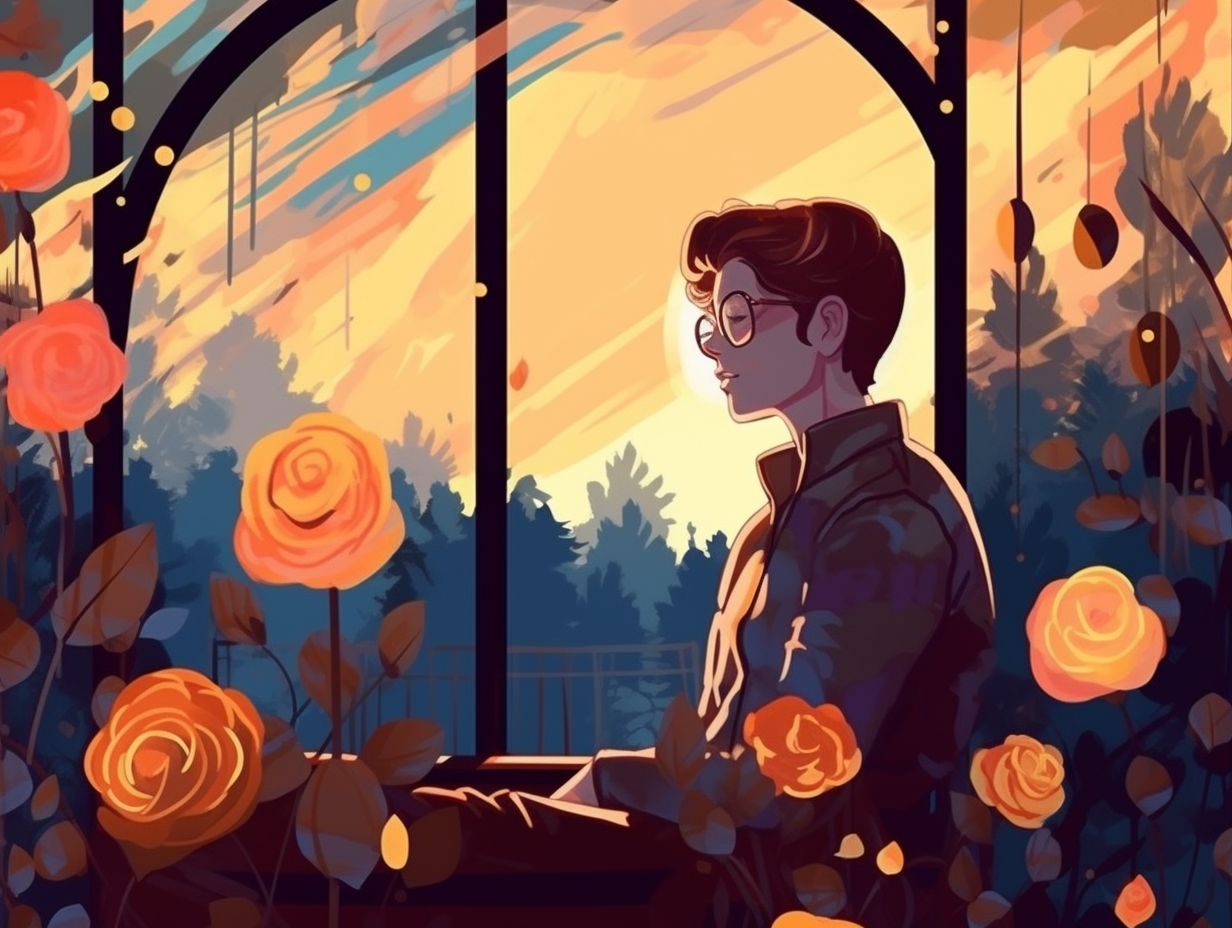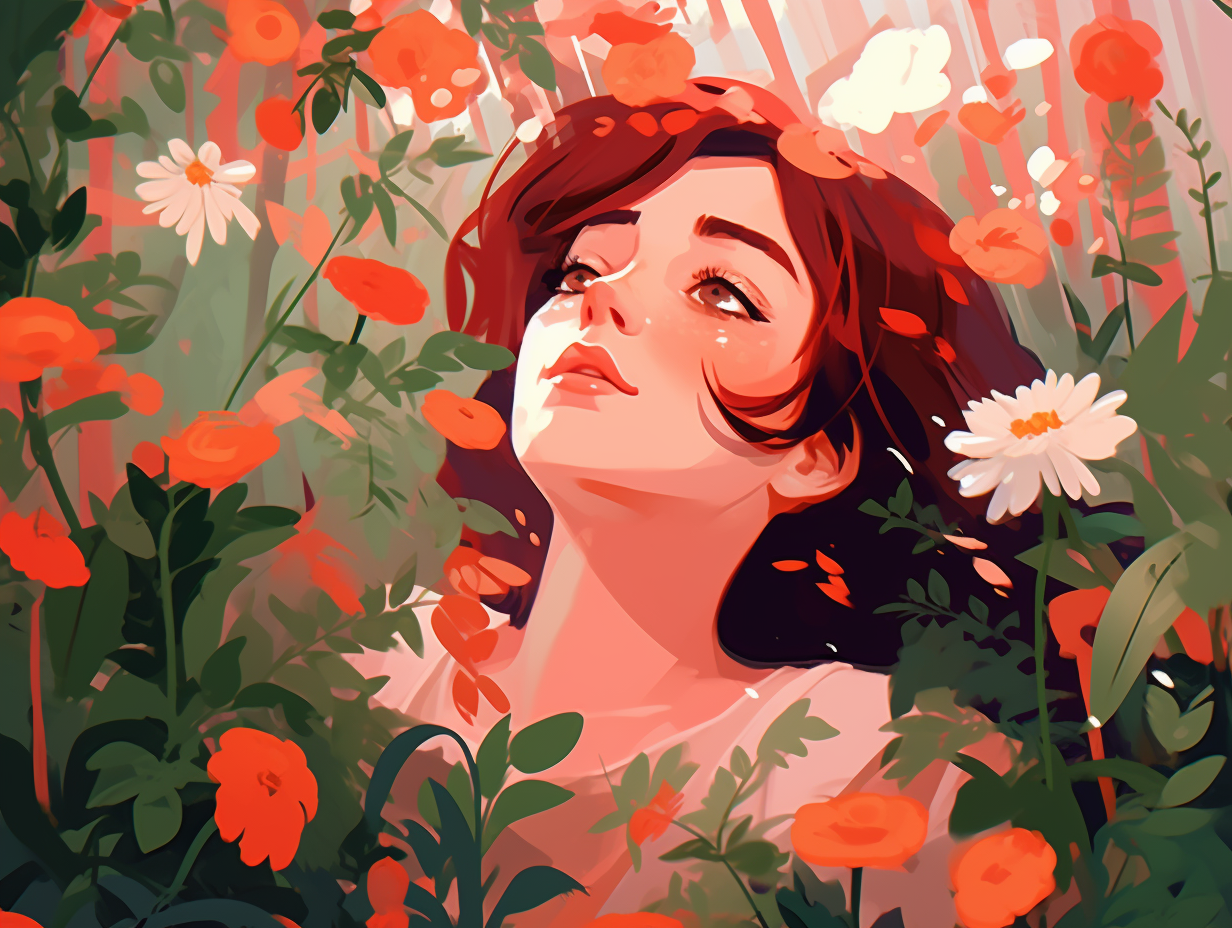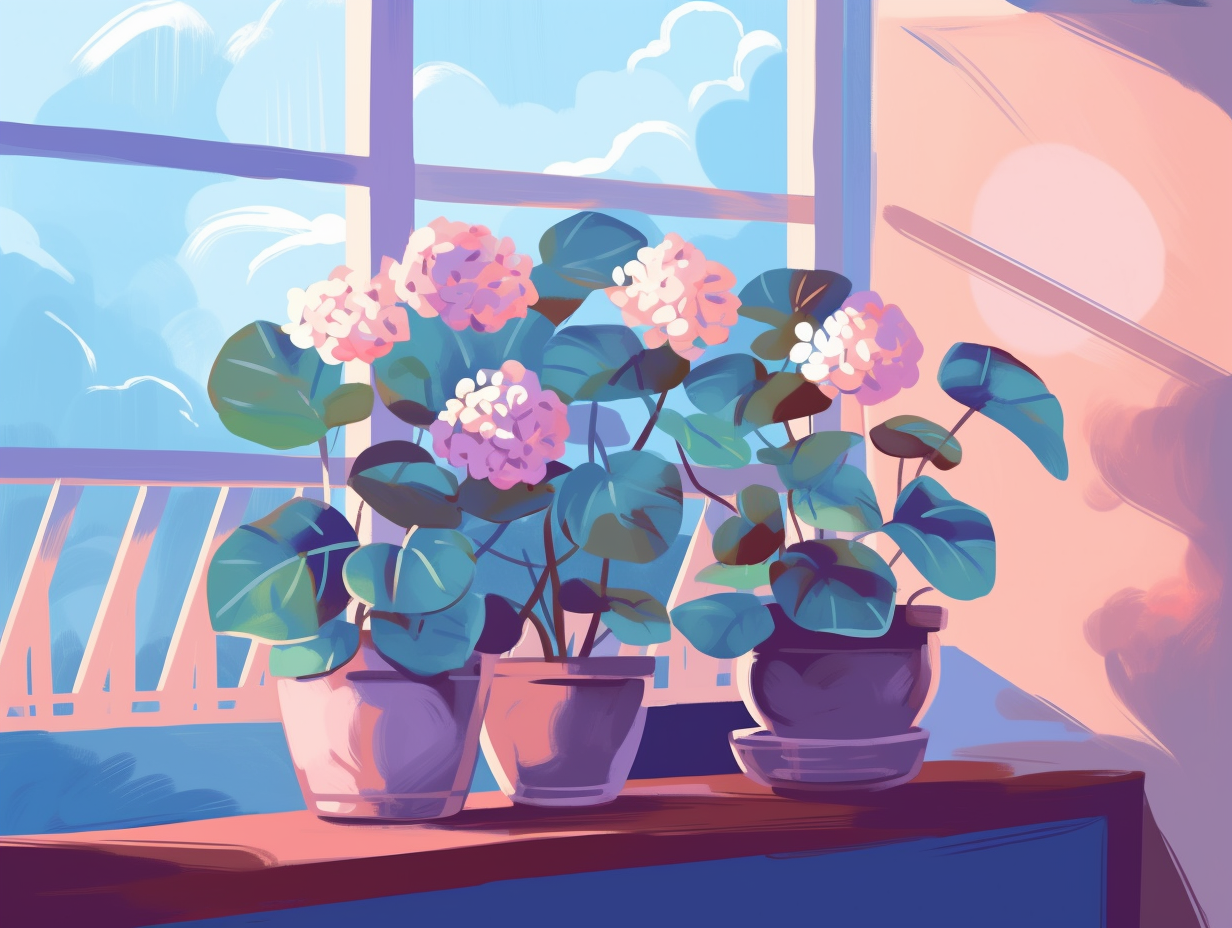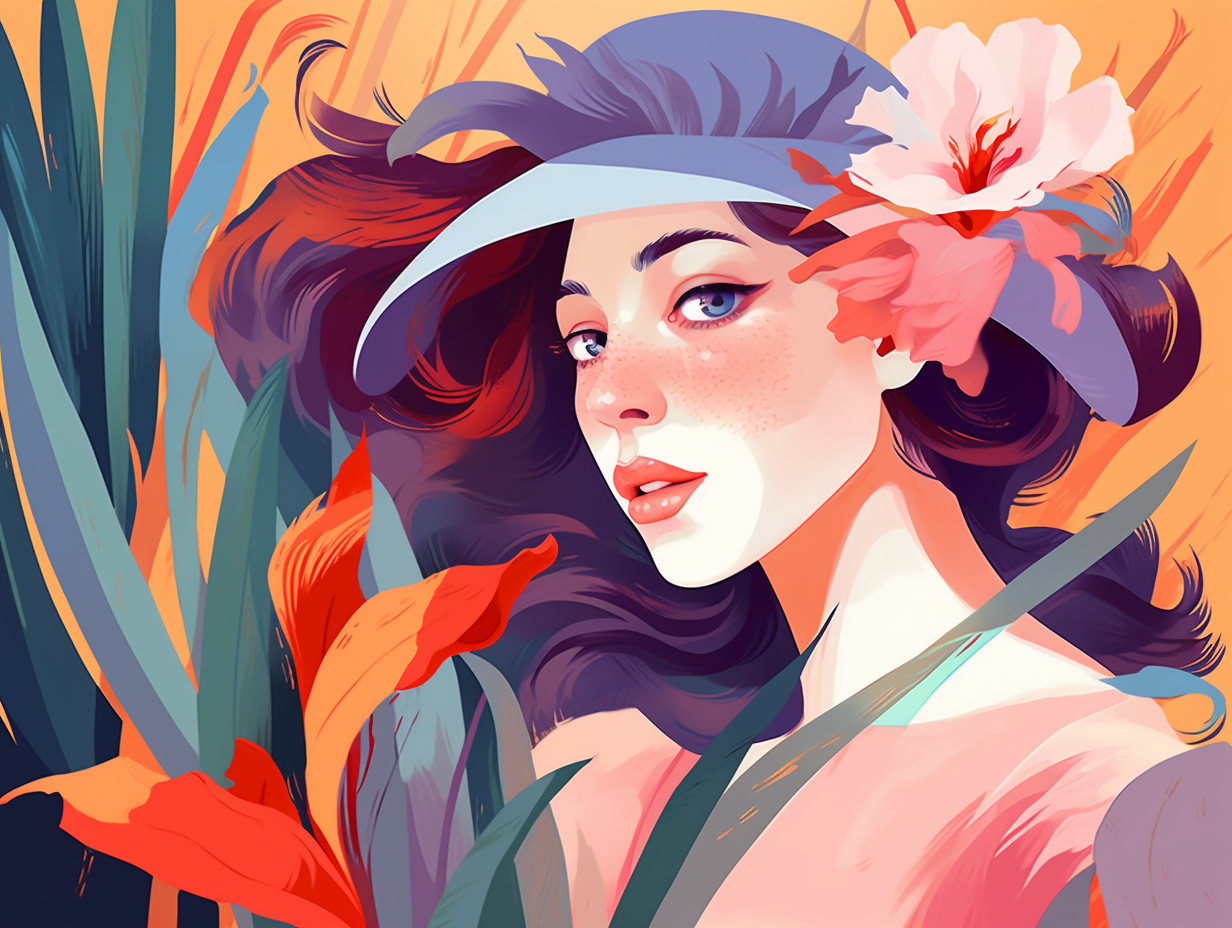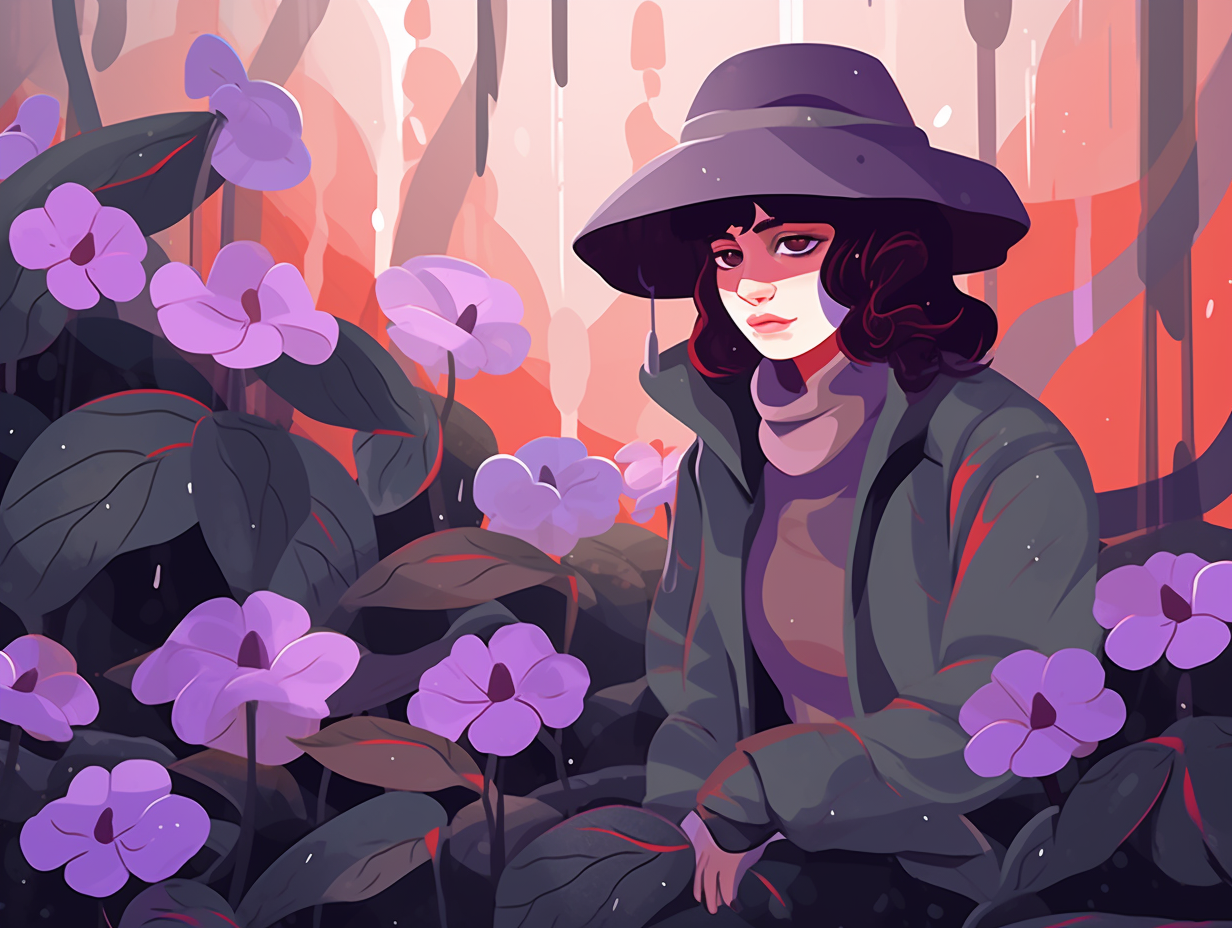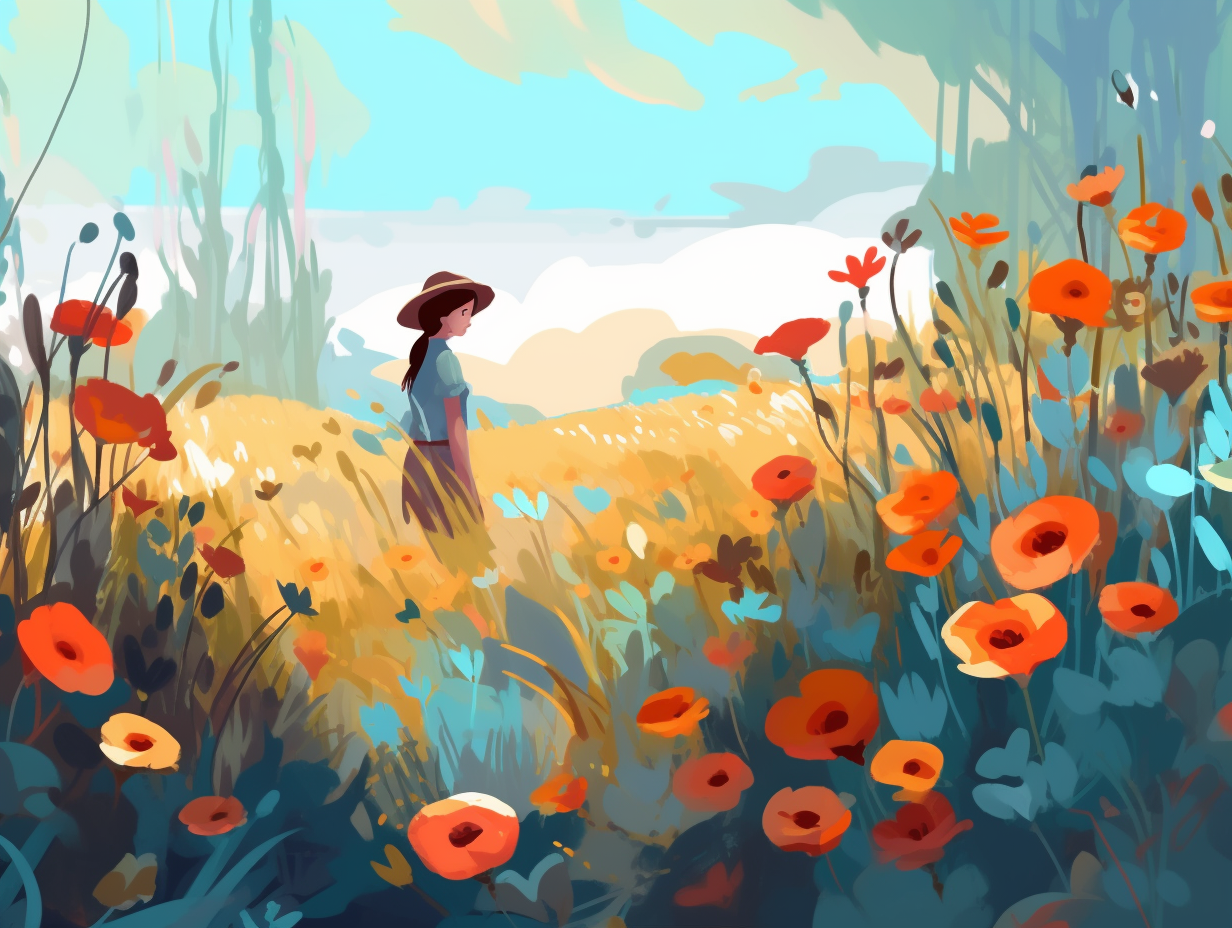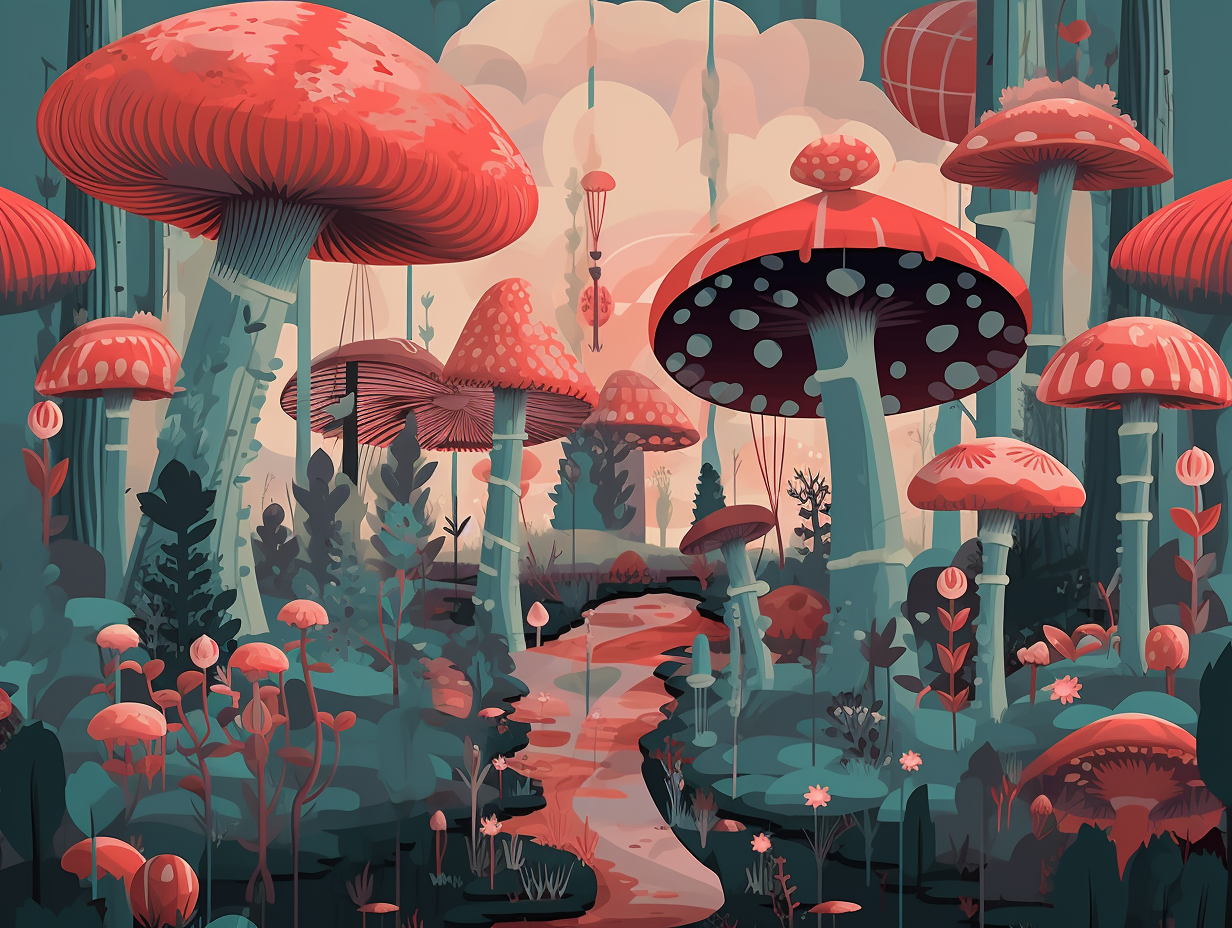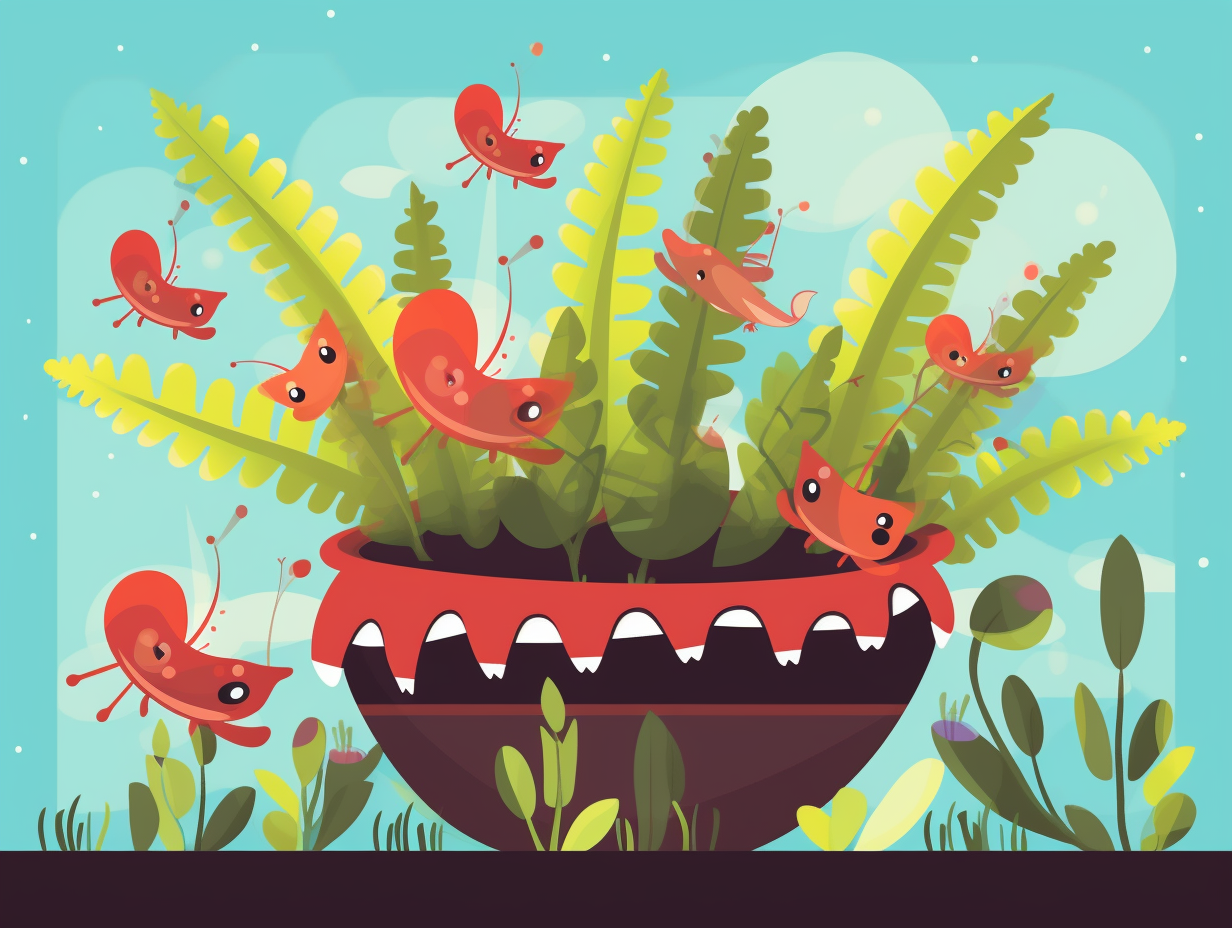Discover the Top 8 Fun Tulip Facts: Secrets Unveiled about this Blooming Beauty

1. Tulip Kardashian: The Floral Drama
A blooming tale of petal-worthy pursuits: In the 17th century Netherlands, tulips were the floral Kardashians of their time, dominating the market with their show-stopping charm. But alas, their fame was not destined to last - for as the tulip prices blossomed to astounding heights, they eventually wilted, leading to an economic collapse without so much as a green thumbed farewell: Contrary to the widespread notion, during tulip mania, the price of tulips did not skyrocket higher than the cost of a swanky Amsterdam canal house, although they did reach extravagantly inflated amounts that eventually crashed and toppled the Dutch economy.
Source => theartnewspaper.com
2. Mona Lisa Selfie: Tulip Edition
Get ready for a bloomin' good time because tulips had their own "when I was your age" moment: During the Dutch Tulip Bulb Market Bubble, the rarest tulip species had a higher value than a selfie with Mona Lisa, selling for six times the average person's annual salary or a whopping 10,000 guilders – the same price as a fancy mansion on the Amsterdam Grand Canal!
Source => investopedia.com
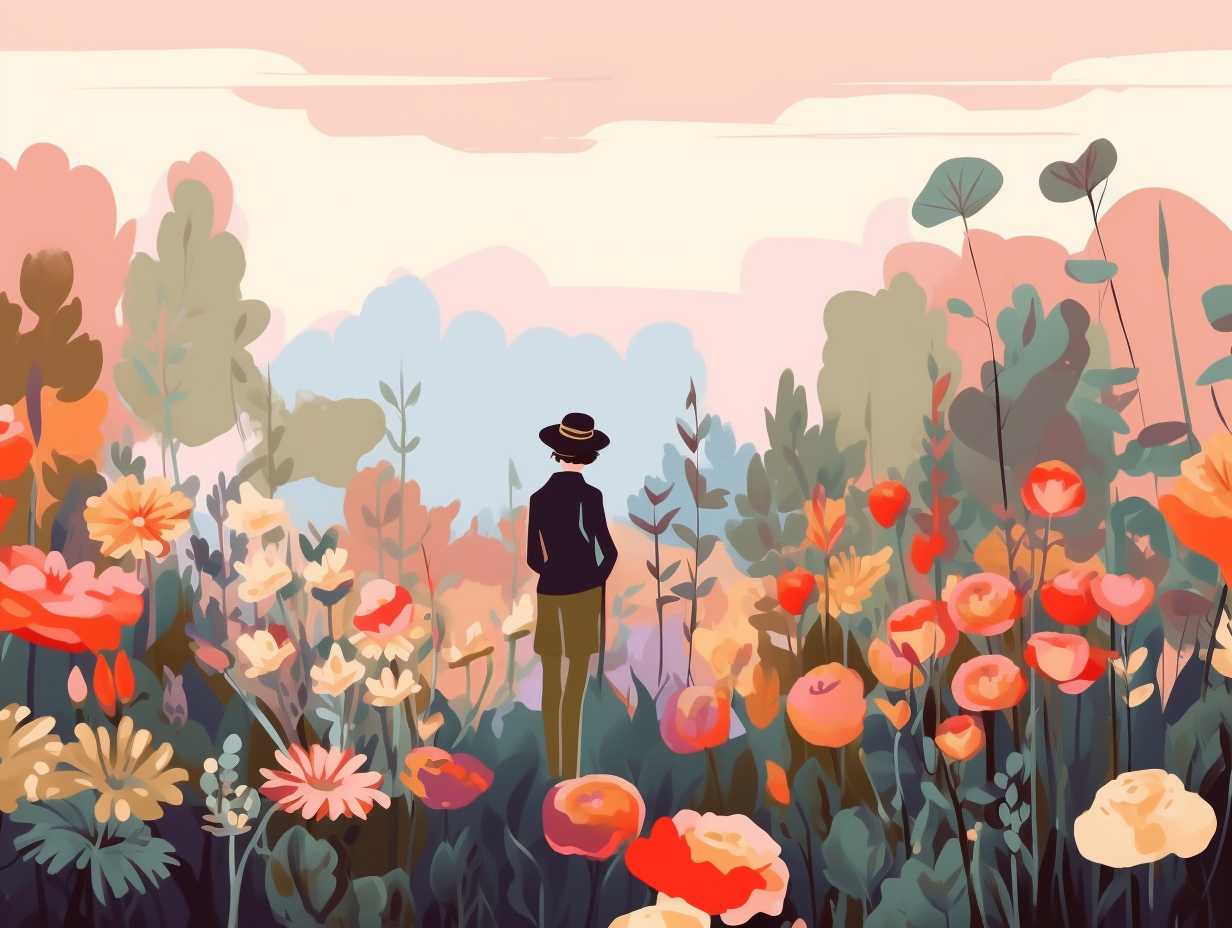
Discover the jungle's gigantic, smelly superstar: the titan arum, or corpse flower, boasting a staggering 6 to 8 feet in height, a bloom diameter close to 3 feet, and gigantic leaves! 🌺💀🌿
=> Fun Facts about Flowers
3. Bloomcoin: The Original Bitcoin
Before there was Bitcoin, there were bloomcoins: Tulips were so highly valued during the Dutch "Tulip Mania" in the 17th century that a single bulb could sell for more than 10 times the annual income of a skilled artisan, causing prices for rare bulbs to skyrocket and eventually leading to a catastrophic bubble burst in 1637.
Source => en.wikipedia.org
4. Tulips: The Red Wine of Flowers
While tulips can't help you toast your latest accomplishment, they sure can paint the town red, purple, or even pink: Tulip colors are determined by pigments called anthocyanins, such as delphinidin, cyanidin, and pelargonidin, which come from different sources and have unique chemical structures compared to those found in red wine.
Source => sciencedirect.com

5. Parrot Tulip: Feather-Boa Beauty Queen
If one were to hold a beauty pageant for tulips, the Parrot Tulip would surely strut its stuff, sashay down the stage, and snatch the floral tiara - all with a crumpled, feathery flourish: Boasting textured petals that give it an enviable voluminous look, Parrot Tulips charm in various hues like golden yellow sporting orange and green flames, pale yellow with red stripes accompanied by green flares, deep maroon and burgundy with fringed petals, and the elegant white with a touch of green speckles. These extroverted blooms love a cozy, slightly sheltered spot and make for a stunning addition to cutting gardens, perennial landscapes, or as eye-catching centerpieces in bouquets.
Source => longfield-gardens.com
6. Rembrandt Tulip: Virus-Chic
Tickle me petals: it took nearly three centuries of chortling in tulip fields before botanists in 1928 could finally pin the blame for Rembrandt tulips' distinctive flamed color pattern on a pesky mosaic virus. Despite the disease being eradicated from today's versions, Rembrandt tulips still proudly display their hilariously hued petals as a true testament to the 17th century's comical chromatic affliction.
Source => time4tulips.com
7. Petal-coin Millionaire: Tulip Tycoons
Next time you play "Petal-coin millionaire," consider investing in tulips - the colorful, botanical Bitcoin of the 17th century: Tulips, originating from ancient Persia, were once seen as symbols of wealth and prosperity, particularly during the Dutch Golden Age, where their bulbs were traded as currency at staggering prices in the famous "tulip mania," and today, they continue to grace gardens and bouquets with an air of opulence and sophistication.
Source => cranburyfields.com
8. Chasing the Black Tulip: A Horticulturist's Quest
When Alexander Dumas penned “The Black Tulip,” he probably didn't expect horticulturists to take it as a challenge, but they bloomed where they were planted: Growers spent years cultivating a true black tulip, with cultivars like 'Paul Scherer' boasting deep black and dark burgundy shades like the Black Beauty and Black Diamond tulips.
Source => a-z-animals.com
Related Fun Facts

